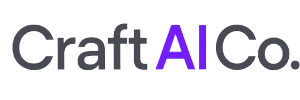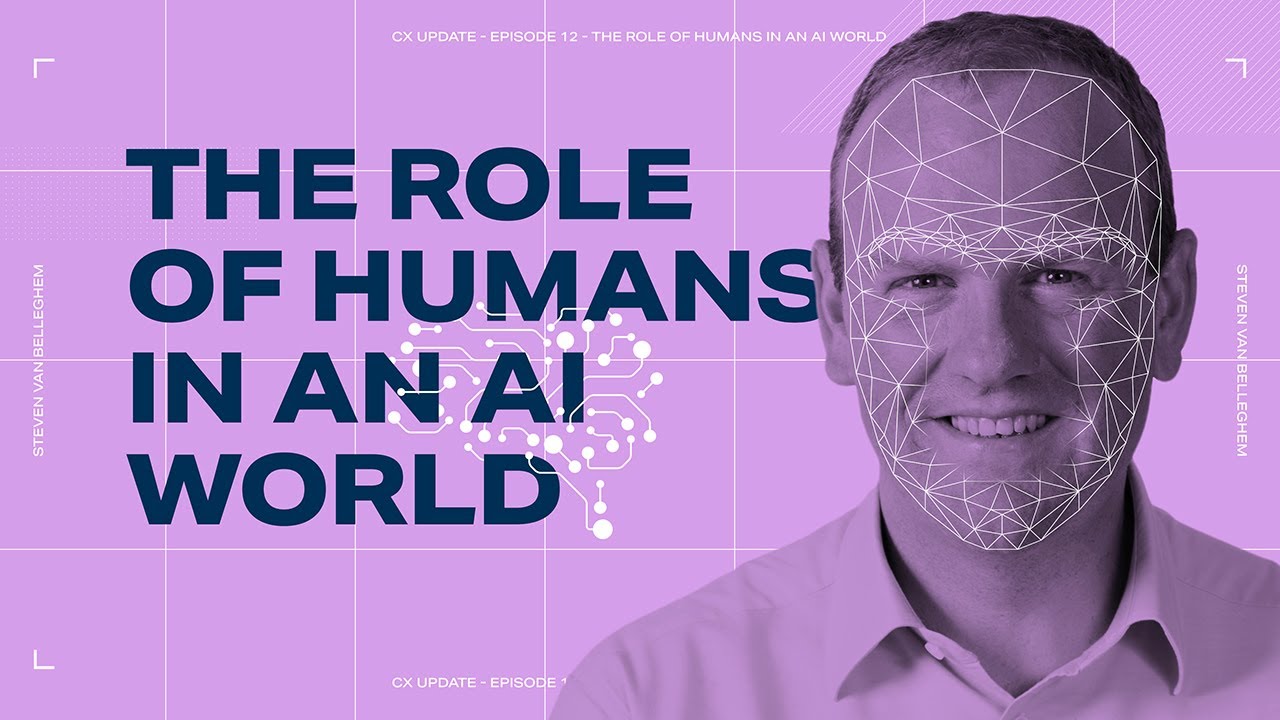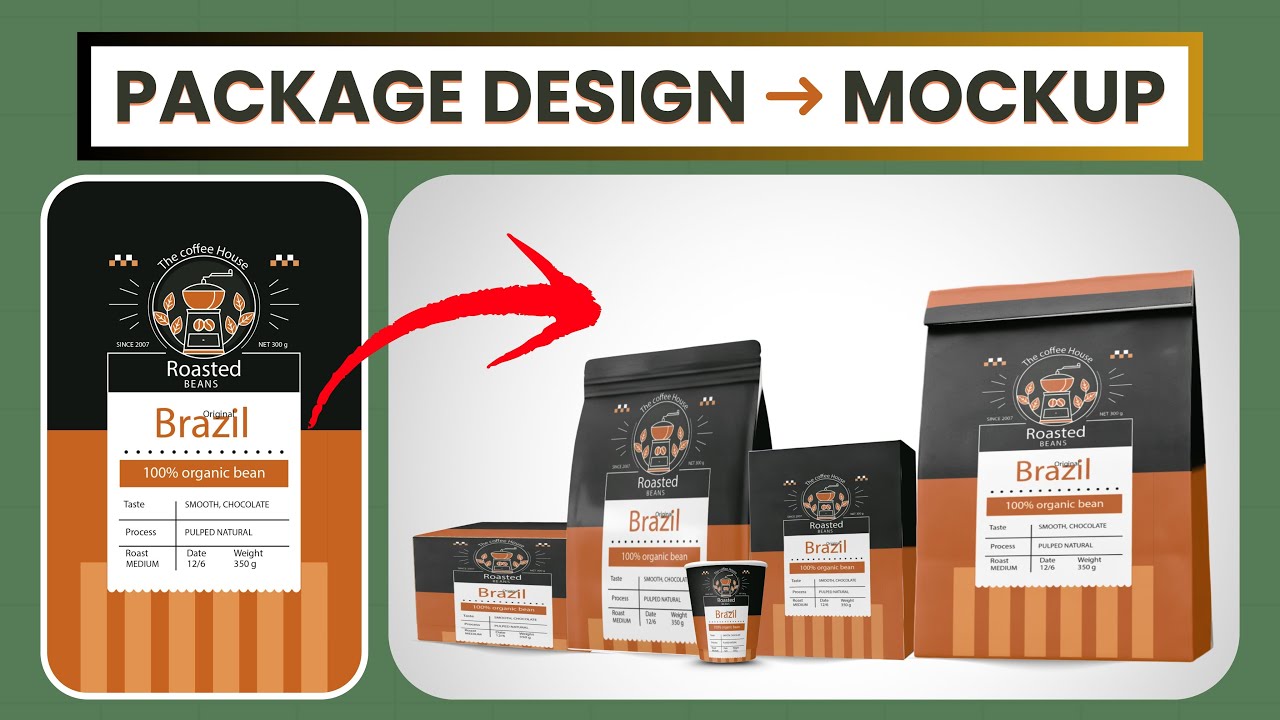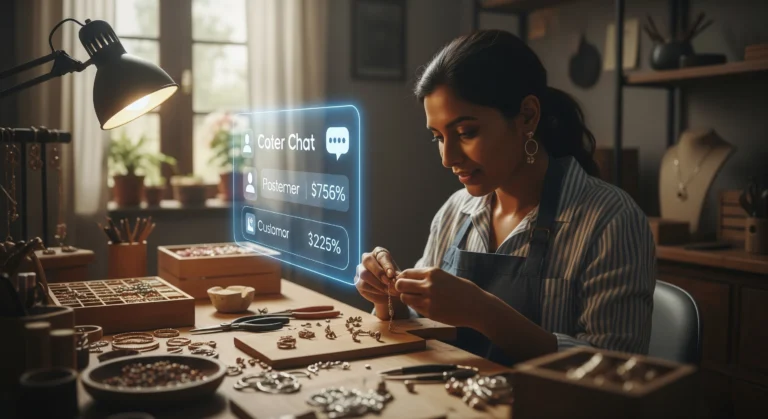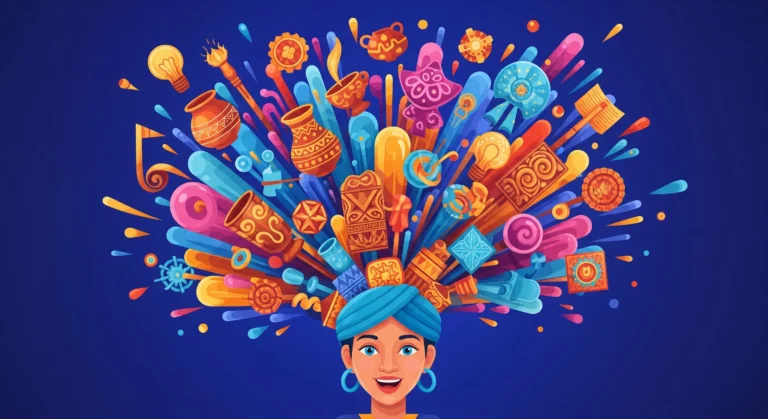According to industry reports, businesses that leverage innovative product visualization techniques increase conversion rates by an average of 30% and reduce design cycles by up to 50%.
Imagine being able to showcase your product in photorealistic scenarios using AI product mockups, helping customers visualize its use and potential in mere moments rather than hours. But you may be skeptical – how can artificial intelligence possibly replicate the precision and nuance of human design? The good news is that generative AI tools have become sophisticated enough to not only match but exceed human capabilities in creating compelling product mockups.
Think of generative AI not as a replacement for design expertise, but as your most powerful assistant. This guide will show you how to harness AI for creating stunning product visualizations that drive real business results.
Your Strategic Toolkit for AI-Driven Product Visualization
Building effective product mockups with AI isn’t just about finding the right software. It’s about establishing a strategic foundation that considers your audience, business goals, and the appropriate human-AI collaboration.
Strategic Foundation: Understanding How AI Fits Your Business Goals
Before selecting an AI tool, take stock of your business objectives:
- What are your most pressing visualization challenges? (Speed to market, design costs, product variety)
- Who will be the primary users of these mockups?
- How will these mockups contribute specifically to your revenue goals?
Essential AI Design Tools You Need to Know
- DALL-E 3 (https://www.bing.com/images/create)
A free AI-powered tool integrated with Bing that offers robust image generation for a variety of product visualization needs.
- Midjourney (https://www.midjourney.com/)
Known for its artistic style, excellent for creating lifestyle product images.
- Adobe Firefly (https://www.adobe.com/products/firefly.html)
Generative AI tool integrated with Adobe’s Creative Cloud for designers transitioning gradually to AI-assisted workflows.
Guiding the AI with Precision: The Human Element
“The most powerful AI-generated mockups combine algorithmic speed with human strategic thinking. Without design vision, even the most sophisticated AI can’t create compelling visualizations.”
As Steven Van Belleghem, marketing professor at the Vlerick Business School, explains in this insightful video:
Time & Resource Investment: The AI Advantage
Understanding the ROI of implementing AI for product mockups is crucial to securing buy-in for the technology.
Method Comparison: Manual vs. AI-Enhanced Workflows
| Method | Typical Timframe | Professional Cost Estimate | Output Quality | Specialized Skills Needed |
|---|---|---|---|---|
| Manual Product Mockups | 8-10 hours per variant | $200-$800 (plus project overhead) | Consistent quality if expert is available | High-end graphic design expertise |
| AI-Enhanced Mockups | 2-5 minutes per variant | $0-$20 (depending on tool used) | Professional+ quality if prompts are well-crafted | Basic product knowledge + AI prompt engineering |
Real-World Examples: Success Through AI Scaling
Consider cases where businesses implemented AI for product visualization:
- E-commerce furniture retailer reduced product visualization time from days to minutes, enabling infinite configuration options and increasing conversion by 15%
- A consumer packaged goods company decreased design costs by 40% while gaining the ability to rapidly visualize seasonal packaging variations
- Digital agencies can bid on more projects and offer faster turnaround, increasing revenue without adding headcount
The Implementation Blueprint: Your Step-by-Step Guide
Ready to create your own AI-powered product mockups? Here’s how to get started:
- **Define Your Product Specifications:** Start with a spreadsheet or CSV file containing product details, colors, materials, and dimensions.
- **Create an AI Prompt Framework:
“Generate photorealistic product mockup for [Product Name], showing [color option], [material description], in [lighting condition], [background environment], product oriented [3-4 angles].”
Customize this template to match your brand and visualization needs.
- **Experiment with AI Tools:**
With each tool offering slightly different strengths and personalities: - **Select, Crop, and Retouch:** Minor edits in Photoshop or Canva, completing the AI-assisted workflow
- **Validate Customer Understanding:** A/B test with target audience to ensure visualizations meet their expectations
Pro-Tip from industry veteran Sarah Chen:
“Success with AI mockups lies not just in technical execution but in creating visual narratives that solve customer problems before they purchase.”
Implementation Suggestion: Start by visualizing just one product variant well rather than creating dozens poorly. Focus on quality user experience rather than quantity.
Measuring Success: KPIs for Your AI Visualization Strategy
To demonstrate the value of your new approach, track these key performance indicators:
| Metric | How to Measure | What It Tells You |
|---|---|---|
| Time-to-First-Mockup | Average time between request and delivery | Efficiency of your AI implementation |
| Quality Assessment Score | Regular reviews by stakeholders | Quality level as perceived by business |
| Customer Engagement Increase | Page views of visualized products | Marketing impact of visual assets |
| Cost Per Mockup | Total implementation costs / numbers of mockups created | Economic efficiency of solution |
By tracking these metrics alongside your business outcomes (sales conversions, project velocity), you can build compelling business cases for scaling AI visualization across your product portfolio.
Scaling & Advanced Strategies: Taking Your AI product mockups Beyond Basics
Once you have the fundamentals down, consider these growth opportunities:
- **Style Transfer Network:** Create a library of recurring brand styles, enabling consistent product visualization across all channels
- **Integration with your CMS:** Set up custom product upload to trigger automatic visualizations for your online store
- **Augmented Reality Integration:** Combine AI-generated mockups with AR scanning tools for immersive customer experiences
Strategic Business Applications by Industry
- B2B SaaS:** Visualize software interfaces and workflows in “how-to” materials, reducing customer support requests for complex topics
- E-commerce:** Offer unlimited color and configuration options on your website without overwhelming product photography resources
- Digital Agencies:** Increase proposal velocity by generating concept mockups for potential clients, winning more projects with faster turnaround
Common Strategic Pitfalls to Avoid
Falling for these common misconceptions can undermine your entire AI visualization initiative:
Treating AI as a Silver Bullet: “AI can do ANYTHING” thinking leads to disappointment when outputs need significant manual refinement.
Neglecting Prompt Engineering: Relying on generic prompts when domain-specific language will produce better results
Lack of Quality Control Standards: Forgetting that even AI has quality variations that must be addressed systematically.
Insufficient Training Period: Deploying tools before mastering their idiosyncrasies leads to suboptimal outputs and wasted effort.
Addressing these pitfalls requires:
- Phased implementation, starting small
- Conducting competitive benchmarking for quality expectations
- Building documentation of successful prompt patterns and refinement techniques
Building Your Content Engine: Sustainable, Automated Product Visualization
Think of your AI visualization capabilities as part of a larger “Design Flywheel” that becomes more powerful as you invest in it:
- Initial Implementation: Creates compelling product visuals
- Positive Customer Response: Generates demand for more customization options
- Expanded Product Lines: Need for more visualization assets
- Automated Systems: Reduced effort per mockup, enabling more creativity


Conclusion
Using AI to create stunning product mockups can fundamentally change how your audience experiences your offerings, reducing design bottlenecks while elevating the visual quality.
The transition to AI-enhanced design isn’t about replacing human creativity but multiplying it through artificial intelligence.
We’d Love to Hear Your Journey!
Has your team explored AI for product visualization? Your experiences can help others starting out navigate challenges and successes.
Frequently Asked Questions
Q1: How much does it cost to implement an AI product visualization system?
A significant benefit of AI solutions is flexibility. You can start with free or low-cost tools like Bing’s Image Creator and scale to enterprise solutions as your needs grow. The total implementation cost varies based on integration complexity, but generally less than training new designers 70%.
Q2: Can AI really match product visualization quality from professional photographers?
AI mockups have reached the point where, when created with thoughtful prompt engineering, they are often indistinguishable from professional photography, particularly for simple product setups. The quality continues improving faster with each new AI release.
Q3: I’m concerned about the learning curve for using AI tools. Is it accessible for non-technical users?
Many AI visualization tools use natural language interfaces so you can achieve results by describing what you want to see. Our examples show that you’ll create your first effective mockup in 30-60 minutes regardless of prior technical experience.
